12+ SAMPLE Release Test Plan
-
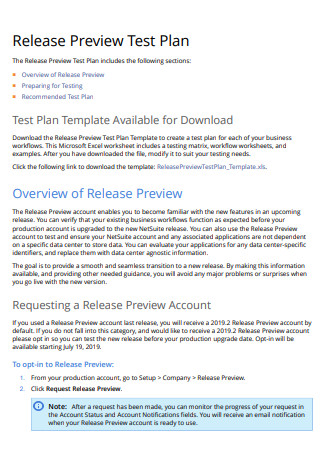
Release Preview Test Plan
download now -
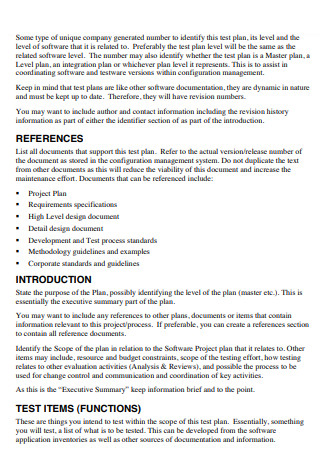
Release Test Plan Outline
download now -
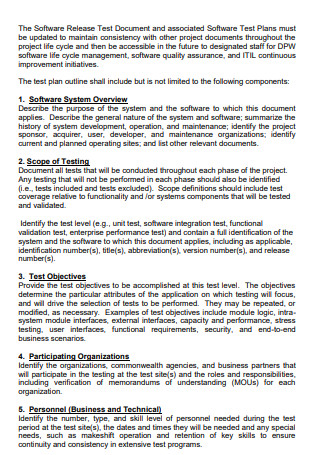
Software Test Plan
download now -
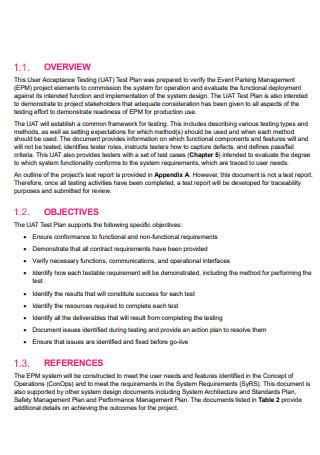
Release Test Final Plan
download now -
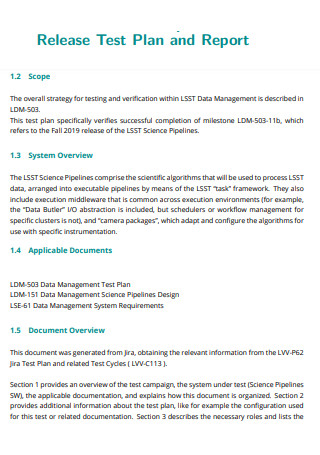
Release Test Plan and Report
download now -
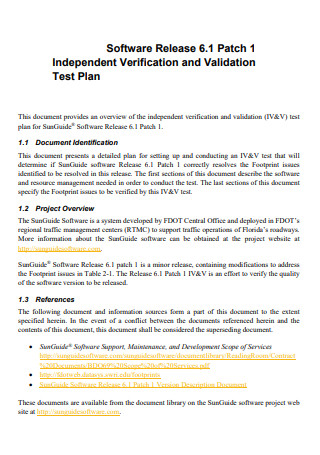
Release Validation Test Plan
download now -
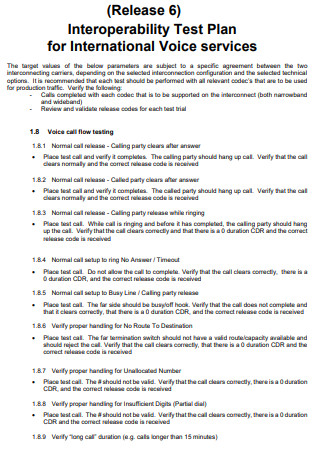
Release Interoperability Test Plan
download now -
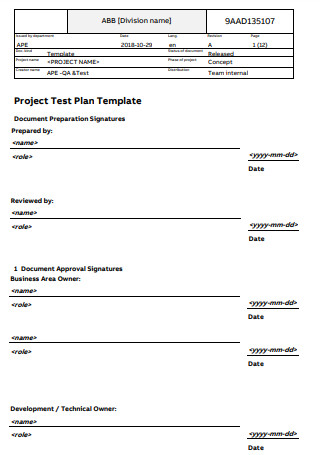
Release Project Test Plan
download now -
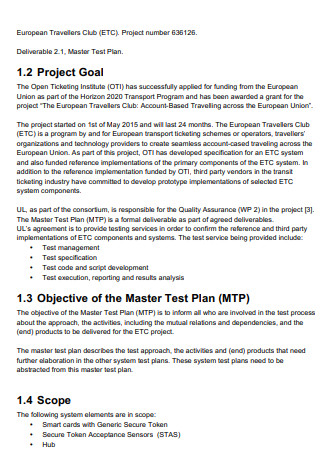
Release Master Test Plan
download now -
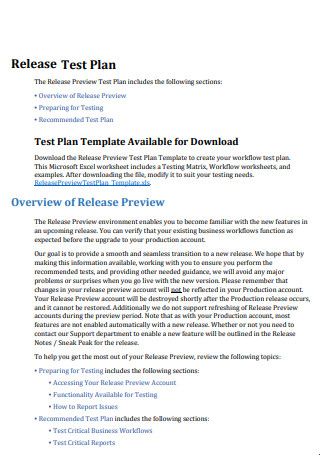
Release Test Plan Overview
download now -
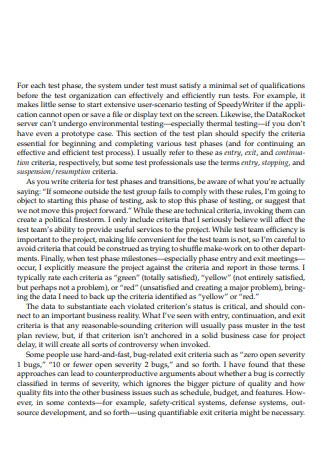
Sample Release Test Plan
download now -
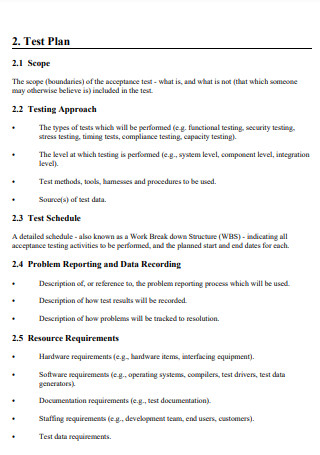
SImple Release Test Plan
download now -
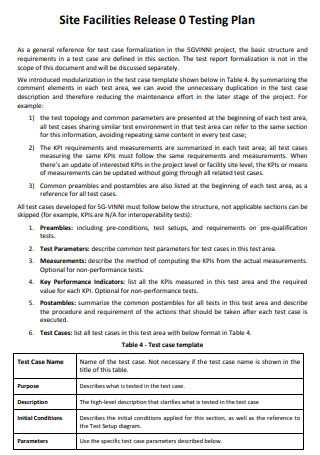
Site Facilities Release Test Plan
download now
FREE Release Test Plan s to Download
12+ SAMPLE Release Test Plan
What Is a Release Test Plan?
Key Components of a Test Plan
Different Methods/Types of Release Testing
Steps Required to Create a Release Test Plan
FAQs
How does communication affect a release testing procedure?
When is a good time for software testing to be stopped?
How can an unstable test environment affect the entire release test process?
What Is a Release Test Plan?
First of all, what is release testing? Release testing refers to a number of different coding methods and test strategies that provide assurance to teams that a software release candidate is eligible for users. Its primary goal is to identify and eradicate faults and problems in a software release so that it may be distributed to consumers.
A release test plan refers to a document that specifies the testing method, the objectives, the resources that are required, timetable, and success factors for a certain software update or piece of software. The primary purpose of a release test plan is to identify faults, mistakes, and any other gaps that may cause the product to behave incorrectly or give a poor user experience. In layman’s words, a release test strategy ensures that your product does what it’s intended to do and does it when it’s supposed to do it.
Key Components of a Test Plan
When drafting a test plan, please take note of the following key components that should be included:
Different Methods/Types of Release Testing
Listed below are the different methods that can be employed during the release testing phase of a particular software release candidate:
Steps Required to Create a Release Test Plan
Before any type of software ends up in the hands of the end-user or the general public, it must be tested rigorously a number of times. This is done to ensure that it does the things as intended and when it’s intended to do so. To make sure that this process is effective, a release test plan is needed. With that being said, here are the steps on how to make one:
-
1. Analysis
This is the first step that needs to be done when creating a test plan. But even before this step, vast understanding is recommended prior to creating this document and proceeding to this step. Ways to obtain a proper understanding of software before even testing it can include communicating with its respective designer/developer in order to understand how the software works, or by performing a thorough walkthrough of the product. Overall, an analysis of the product will give you an adequate context in further developing your test plan.
-
2. Design
After performing a thorough product analysis, this step then follows. The scope of your release testing should be determined by a variety of variables other than the product or feature itself. It can also include the test budget and timetable, as well as client requirements as a reference, etc. The most important aspects of your test plan are determining what to analyze and describing your test technique. Don’t try to speed through it. It is important to take the time to truly comprehend your goals and priorities, and then measure them against the testing resources you have available.
-
3. Objectives and Criteria
After putting emphasis on the design and scope in the previous step, this step will then follow. In this part of the procedure, You’ll have to recognize when the test is finished when you create each new test you’ll run. This includes setting the pass and fail standards for each individual exam, as well as some of the previously specified criteria such as exit and suspension criteria. To do this, you must first identify the specific system metrics that you are monitoring and then decide what success means on each one. Examples of metrics that can be looked at include the response time of the software, the load time of the software, the average amount of time it needs to accomplish a request, and the software release candidate’s memory utilization.
-
4. Test Environment
After establishing the objectives and the subsequent criteria of the test, now is the time to plan for the test environment. In this step, you need to keep in mind that this is the time when being detail-oriented would matter greatly since the outcomes of your test plan would be influenced by both the feature you’re testing and the environment in which you’re testing it. Additionally, when planning for the test environment of the software release candidate, you must decide the hardware, software, operating system, and device combinations you will evaluate as part of the scope.
-
5. Execute and Track Progress
After everything is planned and ready, you may now proceed to this step. This is the step where the created release test plan is put into action. Keep in mind that whenever the release test plan is in place, you must follow a very precise procedure. The testing procedure is comparable to the Software Testing Life Cycle (STLC). The STLC is also similar to the Software Development Life Cycle in that it follows each phase of testing, which often includes stages such as a requirements/design review, a test planning phase, a test designing phase, a test environment setup, a test execution phase, and a test reporting phase.
FAQs
How does communication affect a release testing procedure?
The cornerstone of successful software testing is open and regular communication, which should be maintained in every testing team. Nowadays, testers frequently operate in full isolation and seldom communicate with other team members. Such communication (or lack thereof) frequently results in testers spending more time sending and receiving emails, attending meetings, accepting phone calls, and delivering status updates. It also has an influence on common knowledge throughout the whole team and leads to a lack of awareness of risks and challenges that might hinder the project.
When is a good time for software testing to be stopped?
The answer depends on how complex the software release candidate is. With today’s software applications getting increasingly complicated, it’s tough to know when to end testing. However, there are several common indications that might assist you in determining when testing must be halted. When all test cases have been finished, test budgets have been spent, the beta/alpha phase has concluded, bug rates have dropped, and deadlines have passed, it is time to cease testing the software release candidate.
How can an unstable test environment affect the entire release test process?
Unstable surroundings have a tendency to interrupt the whole release process. They cause disputes and scheduling delays because they are poorly managed; in the long term, they can have an influence on the quality, availability, and performance of test environments, as well as time-to-market timeframes and costs. To solve concerns with unstable environments, it is very important to start standardizing test environment requirements even if it’s still early on in the release testing lifecycle.
As stated throughout this article, release testing is composed of multiple methods/types rather than being a single direct testing method. And to add to that, an ideal release testing approach should place emphasis on speed, stability, and user experience. In order to make a release testing method efficient in relation to the software/application being tested, a release test plan must be created. In this article, different samples of such plans are readily available for you to acquire and use as a guide.
